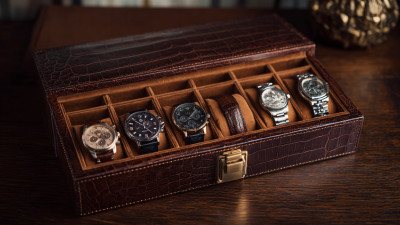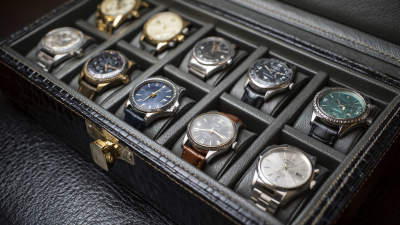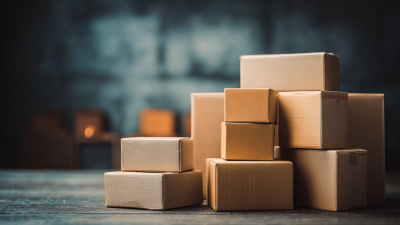Choosing the right cardboard box is a critical aspect of packaging that can impact both cost efficiency and product safety. According to a report by Smithers Pira, the global market for corrugated cardboard is projected to reach $350 billion by 2025, underscoring its vital role in various industries, from e-commerce to food distribution. The correct selection of a cardboard box not only protects the integrity of the product but also enhances branding and customer experience.
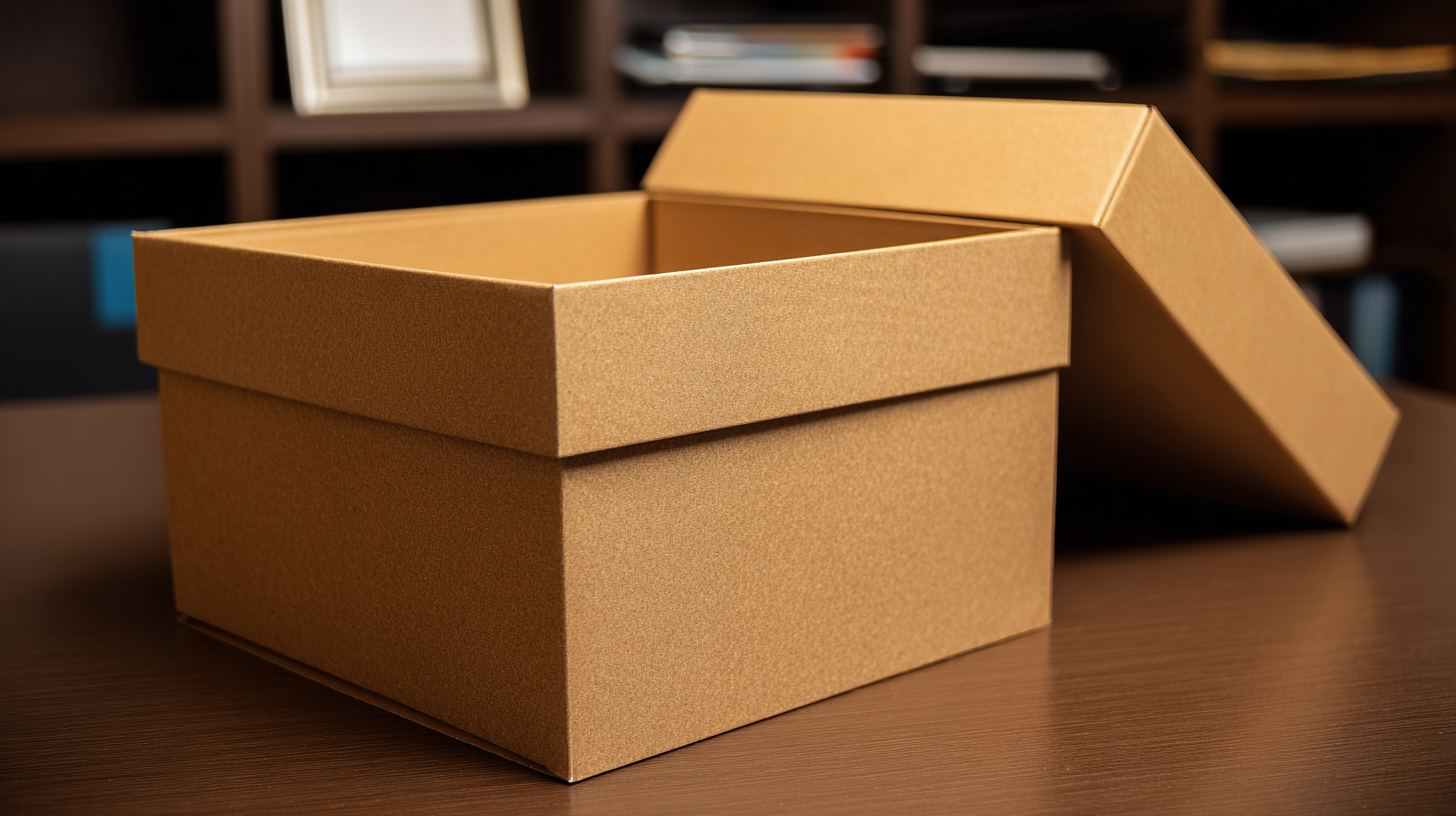
With a wide variety of options available—including different sizes, thicknesses, and designs—making an informed choice can be daunting. In this guide, we will delve into the specifics of how to select the right cardboard box tailored to your unique packaging needs, ensuring optimal performance and sustainability.
When selecting the appropriate cardboard box for specific packaging needs, it’s crucial to understand the various types available and their unique applications. For instance, single-wall boxes are lightweight and generally used for shipping lightweight items, making them suitable for products like clothes or small electronics. On the other hand, double-wall boxes, which feature two layers of corrugated material, provide added strength and are ideal for heavier items or products that need extra protection during transit.
Additionally, specialized boxes such as die-cut boxes are designed for particular products, ensuring a snug fit and added support. These are often used for retail products, as they can enhance presentation while maintaining durability. Meanwhile, telescopic boxes offer versatility, allowing for adjustable height, which is perfect for packaging items of varying sizes. Understanding these differences not only helps in choosing the right type of box but also ensures that products are shipped safely and efficiently, tailored to their specific needs.
When selecting the appropriate cardboard box for your packaging needs, evaluating your packaging requirements is crucial. Size is a primary consideration; using a box that closely fits your product can minimize movement and reduce the risk of damage during transit. According to the International Journal of Packaging Research & Technology, properly sized boxes can decrease product loss by up to 25%. This highlights the importance of measuring your items accurately and selecting a box size that balances protection and efficiency.
Weight also plays a significant role in packaging decisions. The right box not only supports the weight of the contents but also aligns with shipping regulations. Research by the Packaging Association indicates that lightweight packaging can result in a 20% reduction in shipping costs, making it a vital factor for businesses looking to streamline expenses. Additionally, ensuring that the cardboard used can withstand the weight without compromising structural integrity is essential for maintaining product safety.
Lastly, protection against environmental factors is paramount. Cardboard boxes can offer varying degrees of durability and moisture resistance, depending on their style and corrugation. The Association of American Railroads notes that nearly 30% of products damaged during transport are due to inadequate protective packaging. Therefore, choosing boxes with appropriate protective features, like double-walled options for heavier items or weather-resistant coatings, can substantially reduce damage risk and enhance overall customer satisfaction.
When selecting a cardboard box for your packaging needs, the choice of material is critical, as it determines the strength and durability of the box. Cardboard generally comes in two main types: single-wall and double-wall. Single-wall boxes consist of a single layer of corrugated material, making them suitable for lightweight items or items that do not require substantial protection.
However, for heavier or more fragile goods, double-wall boxes offer added strength through their two layers of corrugated cardboard. This extra thickness can significantly enhance protection against external pressures, stacking, and handling during transit.
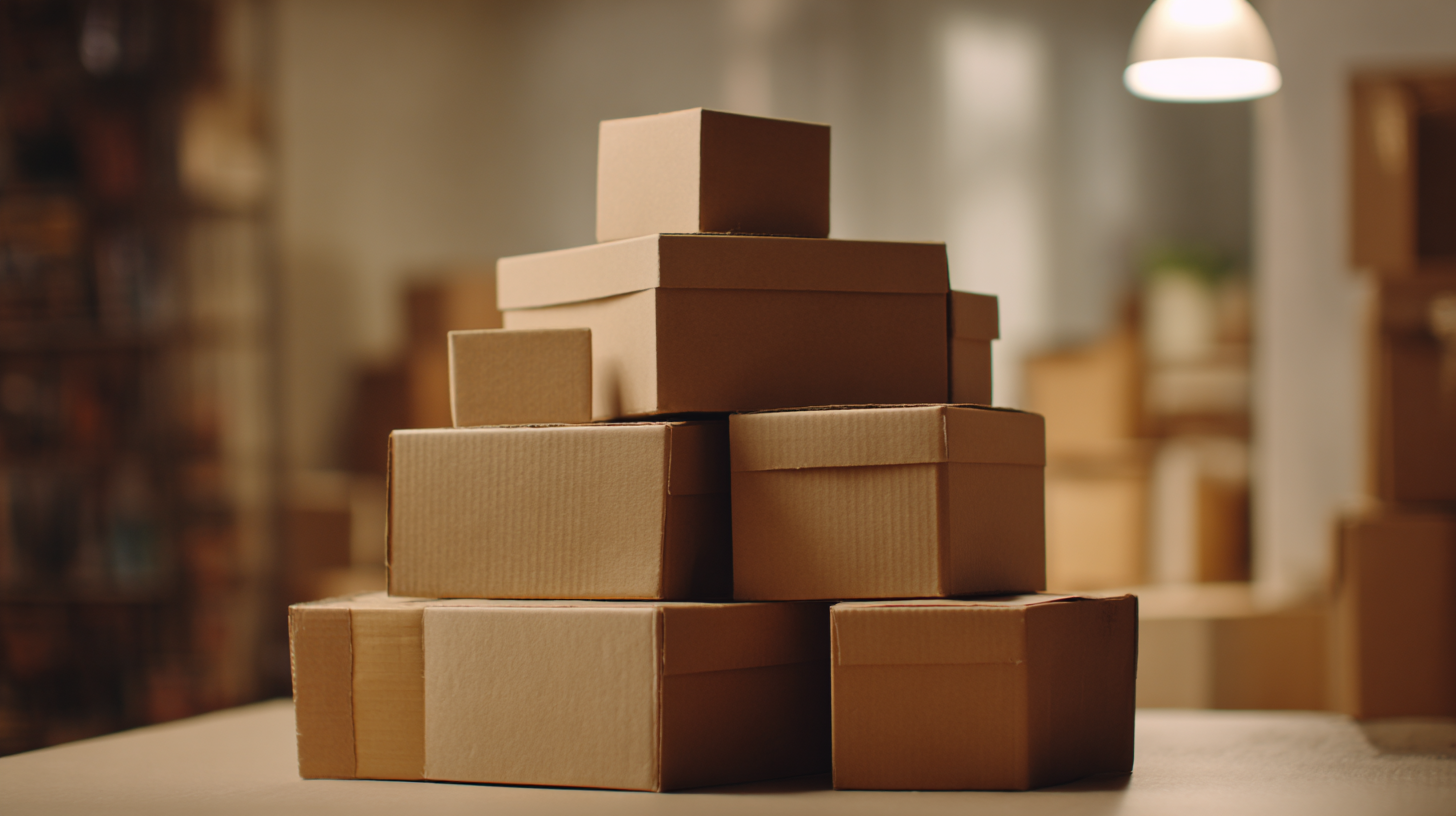 Moreover, it's essential to consider the box's material composition. Regular cardboard is often sufficient for general use, but if your products are exposed to moisture or fluctuating temperatures, selecting a moisture-resistant or waxed cardboard may be necessary. Additionally, bursts of impact during transportation can compromise the integrity of weaker boxes, making it crucial to choose materials specifically designed for high-impact environments. Ultimately, assessing the specific requirements of your items and the conditions they will face will guide you in selecting the right cardboard box that offers both strength and durability.
Moreover, it's essential to consider the box's material composition. Regular cardboard is often sufficient for general use, but if your products are exposed to moisture or fluctuating temperatures, selecting a moisture-resistant or waxed cardboard may be necessary. Additionally, bursts of impact during transportation can compromise the integrity of weaker boxes, making it crucial to choose materials specifically designed for high-impact environments. Ultimately, assessing the specific requirements of your items and the conditions they will face will guide you in selecting the right cardboard box that offers both strength and durability.
When it comes to packaging unique products, exploring custom packaging solutions becomes essential. Off-the-shelf cardboard boxes may not meet the specific requirements of your items, leading to potential damage during transit or inadequate protection. Custom boxes can be tailored not only in size but also in shape, design, and structural integrity, ensuring that each product is securely housed and presented attractively.
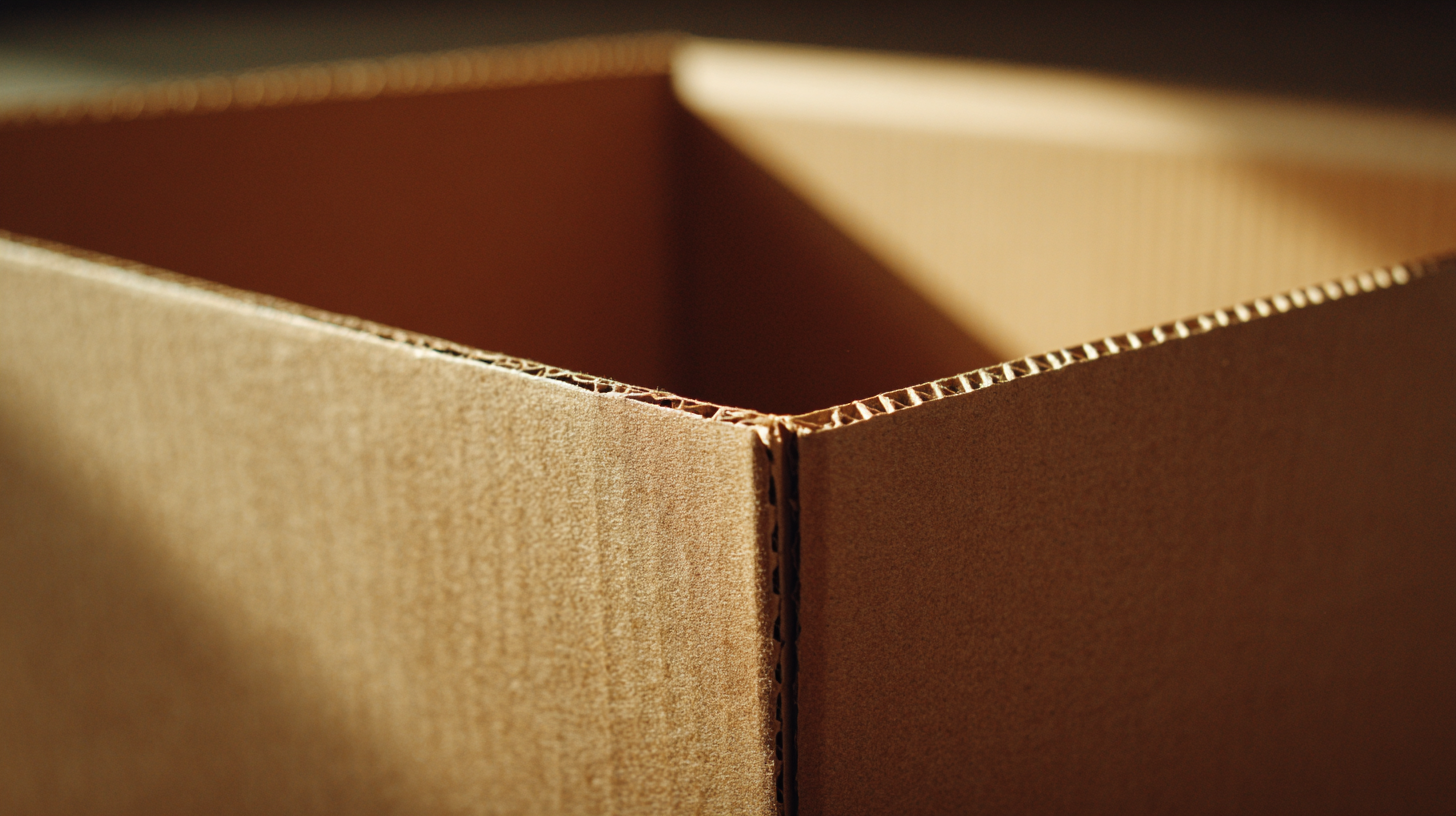
Moreover, the material used for custom packaging plays a crucial role in protecting unique products. Considerations such as durability, moisture resistance, and eco-friendliness significantly impact the type of cardboard box you choose. Custom options allow businesses to incorporate branding elements, ensuring that the packaging not only secures the product but also resonates with the target audience. This level of personalization enhances the overall customer experience, making it clear that each package is designed with care and thoughtfulness.
When choosing the right cardboard box for your specific packaging needs, cost-effectiveness is a crucial factor to consider, especially in today's economic climate. Many professionals, including teachers in Northwest Arkansas, are feeling the strain of rising living costs, making it essential to find budget-friendly packaging solutions.
Cardboard boxes, which typically range in price from $1 to $3.75 for regular moving boxes and up to $25 for specialty boxes, should be selected with an eye toward both quality and affordability.
Furthermore, as businesses look to reduce operating expenses, exploring low-cost options can create significant savings. Innovations in the corrugated box making machine market signal a growing demand for efficient, cost-effective packaging solutions, which can greatly benefit retail businesses aiming to improve their profit margins.
Additionally, embracing eco-friendly alternatives not only aligns with sustainability efforts but may also attract customers who are increasingly mindful of their purchases. By prioritizing cost-effectiveness in packaging choices, businesses can optimize their budgets while still meeting the demands of their industry.

